How Hollywood’s male power players can step up and be allies to women
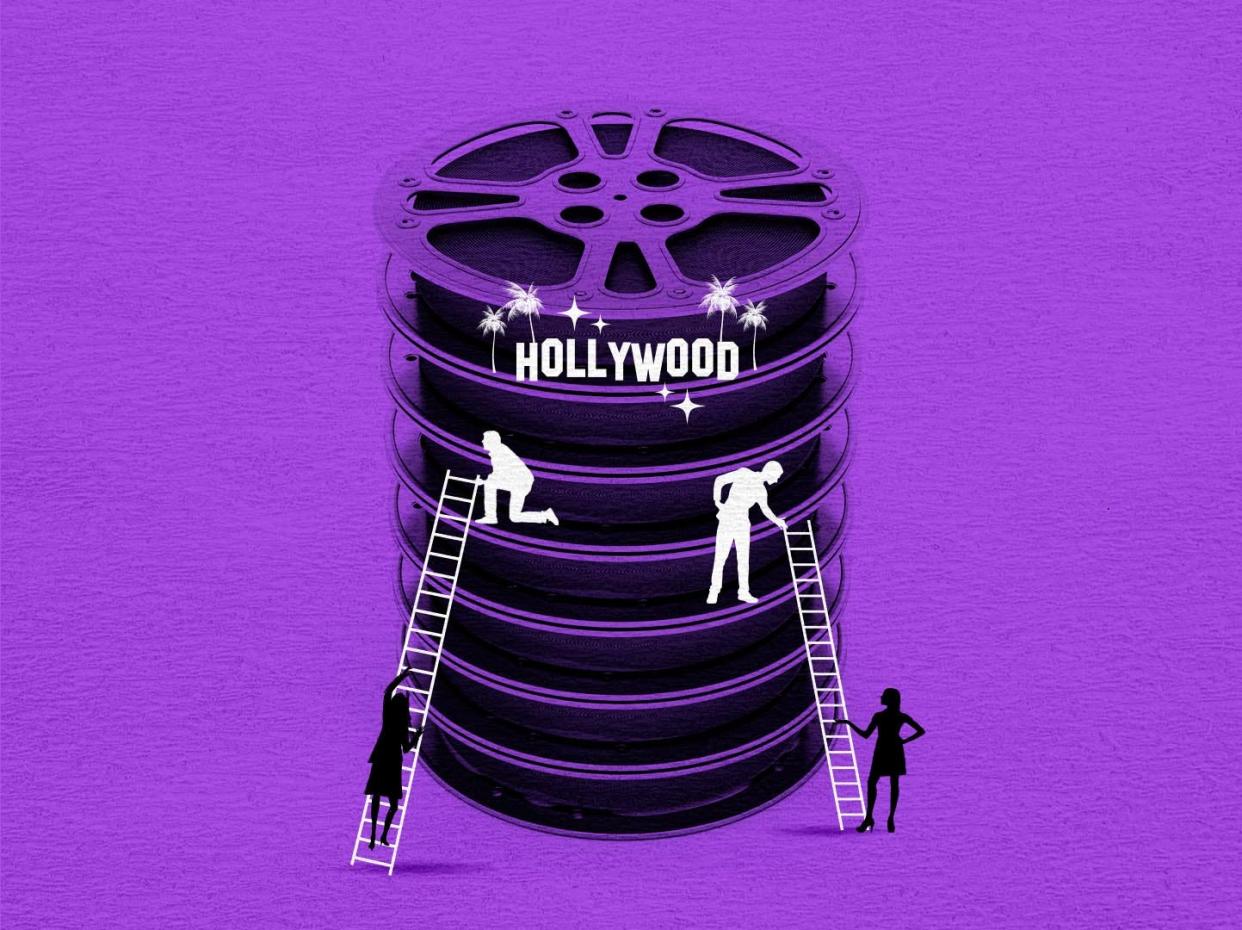
Hollywood women fed up with their pitiful numbers behind the cameras have long agitated for more power. Now, more of the men with clout in showbiz have joined the cause.
They include men like Paul Feig, 58, whose career includes stints as an actor, producer, writer and director in a long list of successful films and TV shows, from "Freaks and Geeks" to the 2016 reboot of "Ghostbusters."
Contrary to assumptions, Feig says Hollywood is not a town scheming to shut out women; it's just clueless, maybe lazy and deeply risk-averse because so much money is at stake. When the mostly white male powers-that-be are deciding who gets to, say, direct or write a film, their first thought is someone they already worked with – usually another white male.
"It's just this dull, unconscious bias, of, 'Oh, yeah, I know him, let's get that guy!' " Feig says in an interview from Belfast, Northern Ireland, where he's prepping to direct a new female-dominated film for Netflix, "The School for Good and Evil."
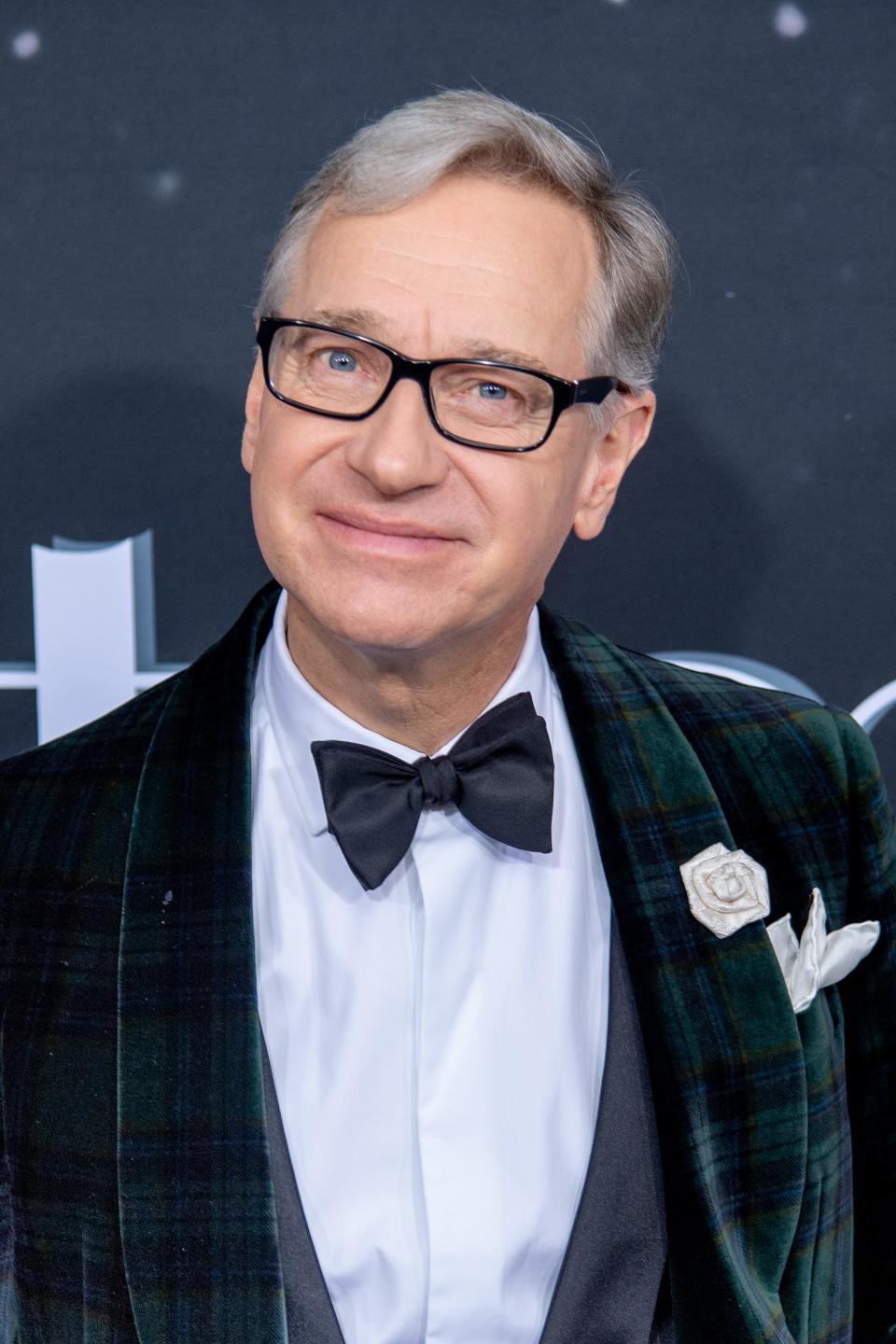
The result, according to studies by researchers at the University of Southern California's Annenberg Inclusion Initiative, San Diego State University and the Geena Davis Institute on Gender in Media in Los Angeles (which focuses on women onscreen), is that the top jobs on Hollywood's top-grossing films for more than a decade remain white and male-dominated, despite incremental progress.
Now Hollywood is in a moment of ferment, driven by a streaming war offering new choices of entertainment and new ways to access it. Christy Haubegger, WarnerMedia executive vice president, thinks now is a time for change, in part because conventional wisdom in Hollywood has turned out to be "more convention than wisdom."
"It used to be no one thought people would want to see a movie with a Black protagonist and then 'Black Panther' happened," says Haubegger, 52, who's also the chief inclusion officer for WarnerMedia. "Wonder Woman" was just as popular with men as women, she says, and "Crazy Rich Asians" had an audience that was 70% non-Asian American.
"We’re in a business that has to relentlessly innovate, and some of our greatest innovation (lately) is driven by voices that have not been part of the conversation before," she says.
Best known for directing female-driven films ("Bridesmaids"), Feig is one of more than 80 "ReFrame ambassadors," men and women in the industry recruited through Women in Film and the Sundance Institute to help build a more equitable workforce in Hollywood.
"People who have the power have to give the power – they decide who to hire, promote and champion and if most of those people are men, we need the men to do that," says Kirsten Schaffer, executive director of Women in Film, one of the leading advocacy organizations for women's empowerment in entertainment.
Founded in 1973, Women in Film has been hosting anti-bias training sessions with male industry leaders, who usually are stunned to learn how their unconscious biases contribute to the dearth of women in top industry jobs, Schaffer says.
#VoteforWomen: Check out this awards season ballot, where women own every category
"Over the next few years, we saw some of those men make statements or double down on commitments to parity," Schaffer says. "Before, it was an afterthought; we helped move it to the front of their brains and got them to focus on it."
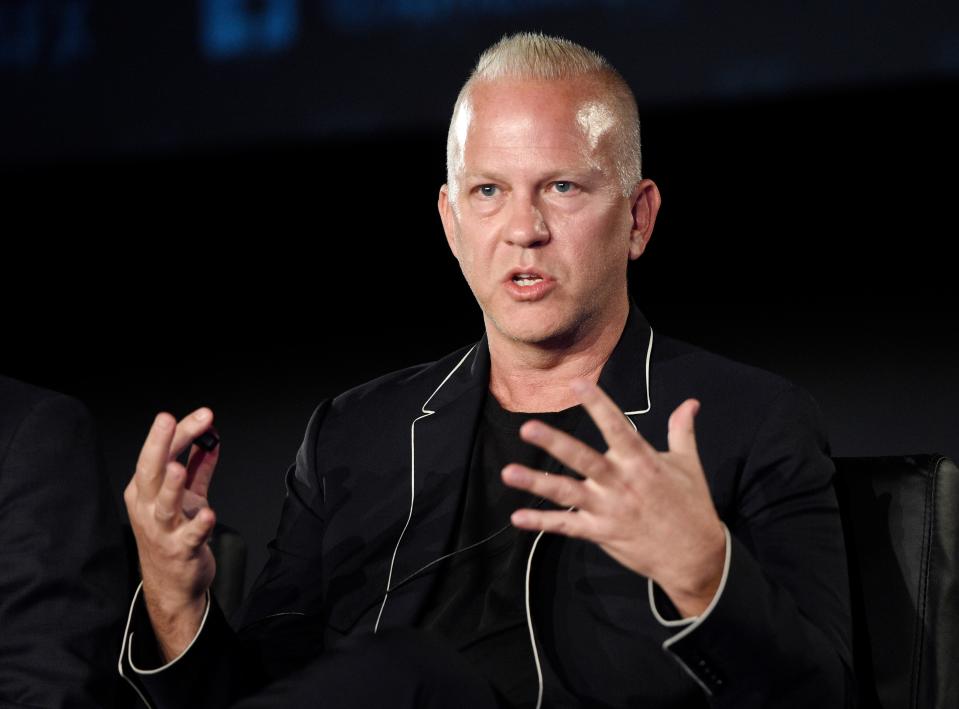
Executive producer Ryan Murphy ("American Horror Story") launched his Half Initiative in 2016 to ensure that at least 50% of the director positions on his popular TV shows are filled by women, people of color and LGBTQ people.
Feig has committed to hiring more women, funding shorts by unknown talent and rethinking casting for his lead roles, thus giving them a chance to be "validated" by the industry.
"To me, nothing matters more than trying to create opportunities for women to prove themselves," Feig says. "I produce 'Zoey's Extraordinary Playlist,' and when that came in, the pitch was about a guy. I loved it but I asked: 'Could it be a woman?' "
Now it's a musical comedy/drama on NBC starring Jane Levy in the title role, and won USA TODAY's 23rd annual Save Our Shows poll in 2020 with a record 67% voting to keep the series around for a second season.
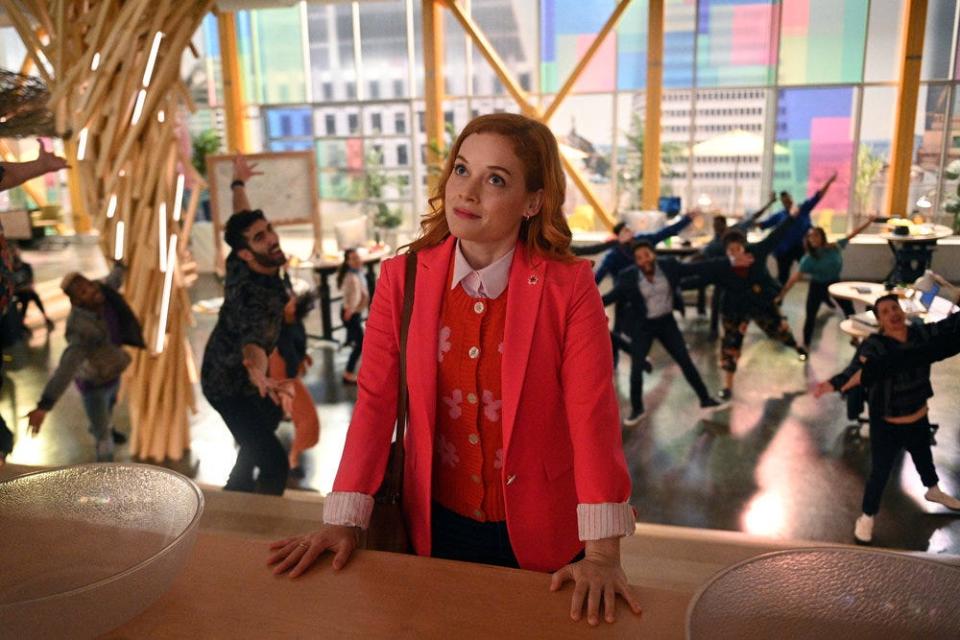
Former agent-turned-executive producer Cassian Elwes ("The United States vs. Billie Holiday") also is among scores of male Hollywood leaders trying to wrest Tinseltown into the 21st century.
Elwes, whose credits also include "Dallas Buyers Club" and "Mudbound," founded The Horizon Award, an annual contest that solicits two-minute videos from fledgling women directors. Two winners get an all-expenses-paid trip to the annual Sundance Film Festival to meet with producers, filmmakers, festival programmers and others in the industry to give them a leg up in breaking into the business.
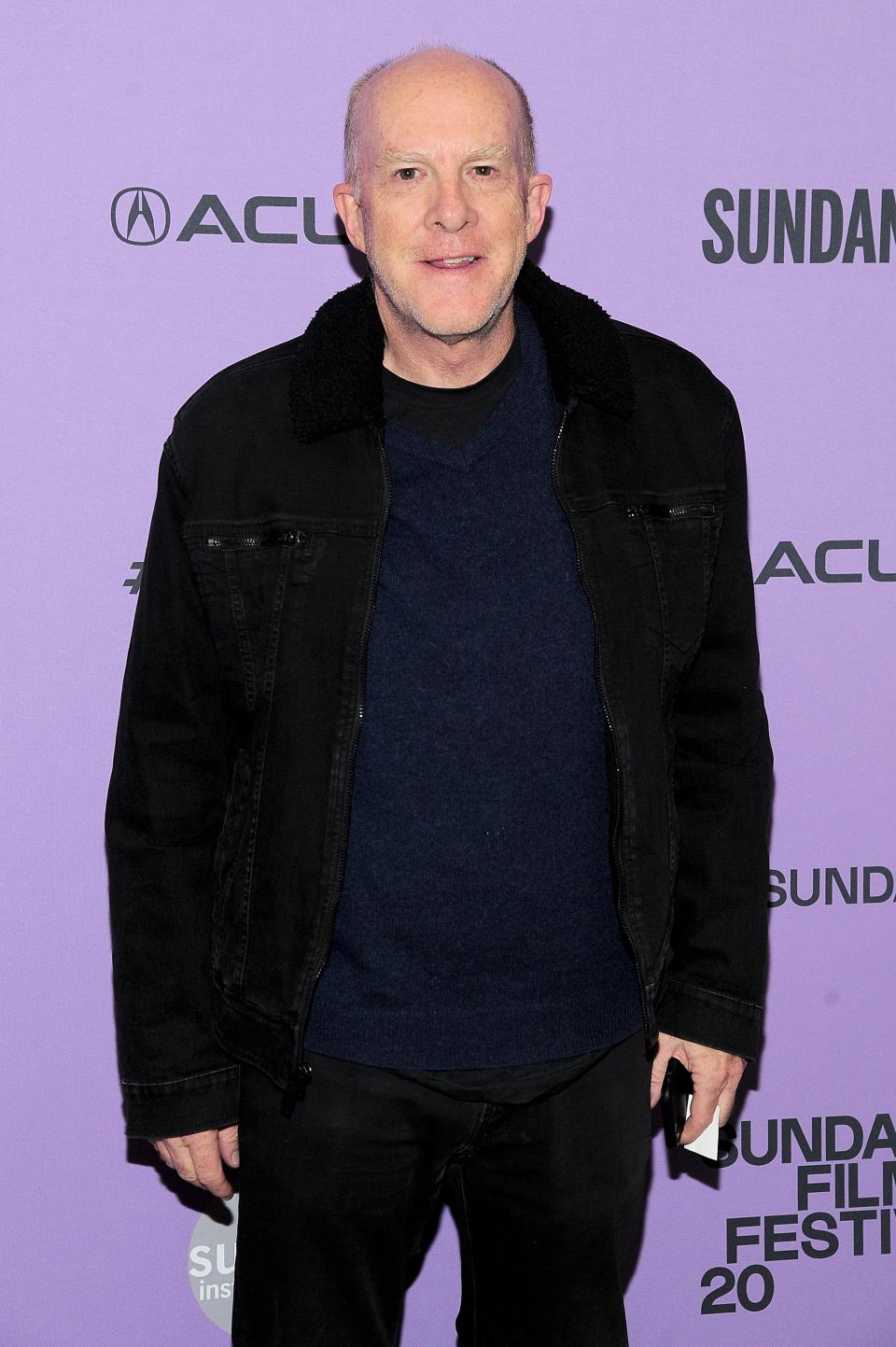
Elwes was shocked into action after he read a USC Annenberg report in 2014 that showed 50% of directors on the bill at Sundance were women, but less than 2% of the top-grossing films in 2013 were directed by women.
"It was 80 pages describing what it was like to be a female director in our business – it was one of the greatest horror scripts I've ever read in my life," Elwes says. "It was gnawing at me months later."
He remembers his days as an agent at "boys club" William Morris, where the men were regularly promoted over the women, who were most often seen as mere assistants. People were inured to it, unaware of their biases, he says. Now, as a ReFrame ambassador, he's trying to inspire his friends and peers to help young women filmmakers, especially women of color.
Achieving parity in animation
Women in Animation, founded in 1995, has ambitious aims in this area, too: 50/50 parity in animation – dominated by men since the days of Walt Disney – by 2025. The group considers that an achievable goal, in part because seven of the major animation producers are led by women.
A Women in Animation-commissioned study found women dominate the arts schools' animation programs but female graduates won only 20% of industry jobs, says Marge Dean, the group's president and head of studio at anime shop Crunchyroll.
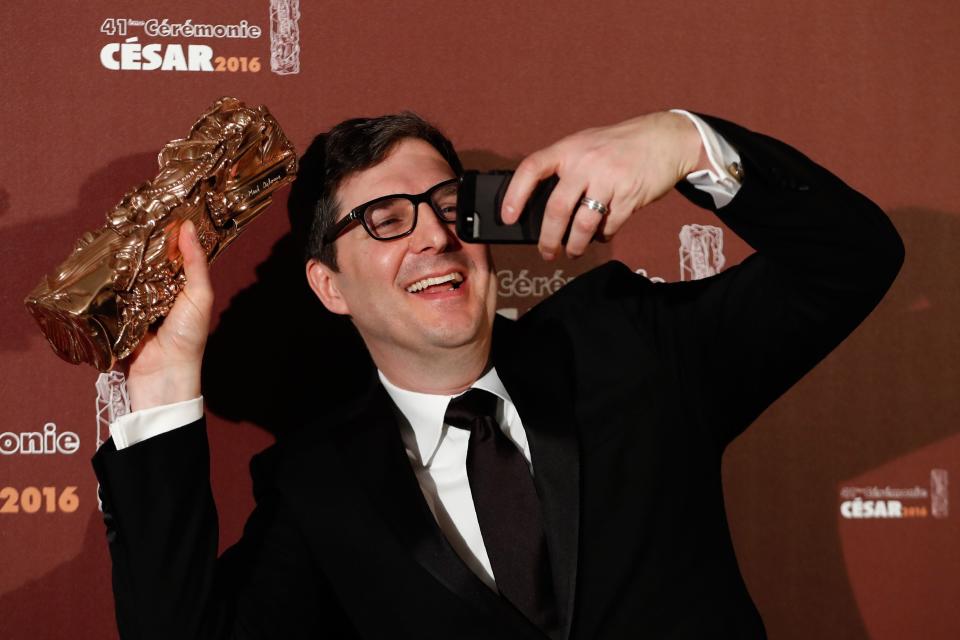
Women in Animation is trying to change that with its successful mentorship program, which this year received 5,000 applications from all over the world and aims to match about 400 mentees with mentors. Also this year, Women in Animation is joining organizations advocating for Black and Latino people in animation, adopting an "intersectional approach" to add strength to its gender-parity mission, Dean says.
SUBSCRIBE: Help support quality journalism like this.
Mark Osborne, an Oscar-nominated director (2008's "Kung Fu Panda") and Women in Animation mentor, says his own young daughter inspired him to think about how to get more female characters onscreen.
Osborne thought he was doing his bit until he had a meeting at the Geena Davis Institute, which has been researching female onscreen representation in films and on TV since 2004. "It was eye-opening for me, and it changed the way I worked and how I thought about being more conscientious about storytelling," says Osborne, 50. It led to changes in his 2015 animated adaption of "The Little Prince," the literary masterpiece that features all-male characters.
"The book is so completely universal ... I knew (the film) didn't have to come from a male-centric point of view," Osborne says. "So I created 'The Little Girl' as the main character who is reading the book."
He hired a woman screenwriter and as many women as possible across the production. "It wasn't quite 50/50, but we got close," he says. "We saw huge benefit from that effort."
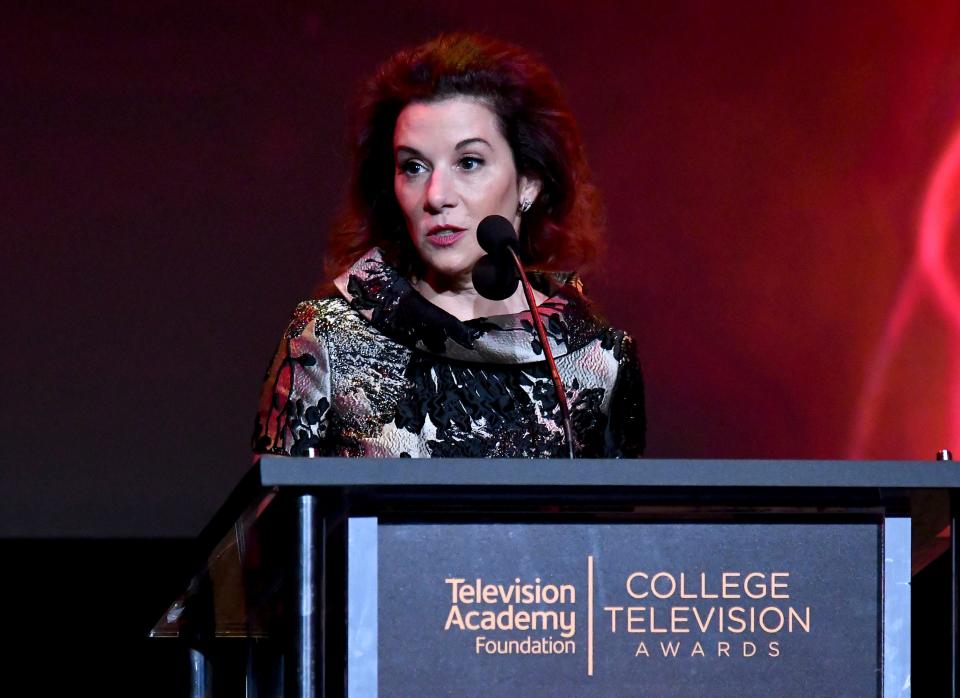
Madeline Di Nonno, president and CEO of the Geena Davis Institute, says the needle is moving – at least onscreen.
"In just 15 years, we've hit two of our primary mission goals: gender parity for female lead characters in family films, and gender parity for female lead characters in Nielsen top-rated children’s shows on TV, so we've proved that our theory of change works," she says.
All well and good, says Martha Lauzen, a professor and founder of San Diego State's Center for the Study of Women in Television and Film, whose latest "Celluloid Ceiling" study found that women comprised 23% of all directors, writers, producers, executive producers, editors and directors of photography on the top 250 films in 2020 – up just 6 percentage points from 1998.
"I think it's important to understand that misogynist attitudes have been baked into the culture of the film industry for decades," Lauzen says. "It will take more than a few men and women and a patchwork of voluntary measures, no matter how well-intentioned, to change things.
"Without an industrywide solution to this industrywide problem, we are unlikely to see a substantial change in the environment for women."
This article originally appeared on USA TODAY: Hollywood power players: These men are helping achieve gender equity

